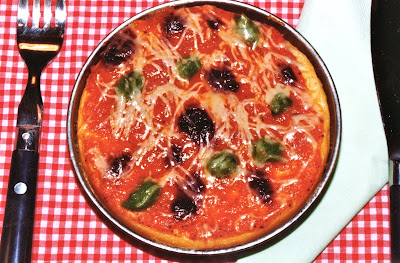Head and neck cancer treated with surgery and/or
chemotherapy can leave patients with long term swallowing problems. This type
of cancer in the past typically occurred in a patient with high smoking and
alcohol history in the age group of 60 plus. This demographic has changed due
to the reduction of smoking. There has been an increase in younger patients
(40-50yrs) who have looked after their health (never smoked and have moderate
alcohol consumption) and the diagnoses of head and neck cancer comes as a shock.
This change in demographic is due to human papilloma virus
(HPV) being one of the main causes of the increase in head and neck cancer (1).
HPV is mostly associated with oropharyngeal cancers of the head and neck and is
treated with radiotherapy either before or after surgery. It is the swelling
and inflammation resulting from this which impairs the ability to swallow.
Nasopharyngeal cancers (NPC) occur in populations who have
immigrated to western countries from southern China, South Asia, the Arctic, and
Middle East (2). Risk factors include Epstein-Barr virus and diet. Foods
preserved with salt are often dietary staples and during the process
nitrosamines are produced that are known to be carcinogenic. There is evidence
that a diet high in fruits and vegetables (high anti-oxidant) is protective and
can decrease the risk of NPC (3).
To prevent weight loss after cancer treatment, high protein
high energy and altered texture diets are recommended. Textures such as hard
crusts and grains are to be avoided because they are harder to chew and swallow.
Raw vegetables and hard parts of fruit are also to be avoided. We know that the
skins of fruit and vegetable are where some of the anti-oxidants reside, so
attention needs to be paid to keeping the fruit whole and vegetable high while
also increasing protein intake.
Speech Pathologists will be available after treatments to
advise on the textures and consistency of fluids to help manage ongoing food
intake. Modified texture meals are standardised in food services to help the
patient through their admission. A visit from the dietitian is also advised.
Processing foods to modify the texture will inevitably alter
the anti-oxidant content. This includes vitamins (both water soluble and fat
soluble), minerals through loss in cooking water and the phytonutrients. To
state the obvious, steaming the fruit and veg and as short a possible storage
time after chopping/puree is recommended. This is not always practical and
information about the detail of loss of nutrients from foods varies for each
one. If you imagine a 50% loss with each process (chopping, cooking, freezing,
reheating) the changes are significant.
What we do know is that the health conscious patient is
aware of the “Super Foods” that are advertised as packed with certain nutrients
and will want to include them in their new modified texture diet. Berries,
green and orange vegetables, plus soy products, tea and chocolate are all part
of this anti-oxidant rich mix. Research tells us that the nutrients in foods
have a ‘synergistic’ effect which means that the whole food is needed, not just
the vitamins etc., which you could get as a pill or powder.
Although dairy foods are avoided by some people, a
conversation with the patient around the benefits of milk are important. Dairy
products provide fat- soluble anti-oxidants that may be lacking in plant foods,
and these again work synergistically to prevent oxidative damage to the body.
The anti-carcinogenic and anti-inflammatory effects associated with milks most
potent fat -soluble anti-oxidant (conjugated linoleic acid (CLA) work with
vitamin A, vitamin E and coenzyme Q in milk. Milk also provides a complete set
of amino acids for body repair (4). Soy milk can be substituted but does not
have all the benefits. The Soy product Tofu is an excellent soft texture.
Australian Dietary Guidelines provide the basic portion
control food to include in a healthy diet (5). Food processing as
chopping/puree in a food processor will mean that an additional amount will be
needed to make up for the loss of food in the equipment. So, the amount of the
food being processed needs to be increased when planning the shopping.
You can find many recipes and practical ideas, essential for
the patient going home on a modified texture diet, in “Super Foods for Small
Appetites Home based Modified Texture Diets”. Available from www.familyconcernpublishing.com.au
References
1.
Young D et al. (2015). Increase in head and neck
cancer in younger patients due to human papilloma virus (HPV). Oral Oncology
vol. 51,8: 727-730.
2.
Liu Y et al. (2011). Detection of Epstein-Barr
virus DNA in serum or plasma for nasopharyngeal cancer: a meta- analysis.
Genetic Testing and Molecular Biomarkers 15:495-502.
3.
Chuang SC et al. (2010). Diet and the risk of
head and neck cancer: a pooled analysis in the INHANCE consortium. Cancer
causes and Controls 23:69-88.
4.
International Milk Genomics consortium- SPLASH
milk science update. Download PDF (http://milkgenomics.org/wp-content/uploads/2017/04/April-2017-SPLASH.pdf)
5.
www.eatforhealth.gov.au
Superfoods for Small Appetites







